Electron tomography combined with state-of-the-art electrochemistry to boost electrocatalytic CO2 reduction
January 2018 – December 2021
In the future, renewables will gain importance. Combining the use of CO2 as a feedstock along with the supply of renewable energy can compensate for fluctuations in energy production, while at the same time reducing CO2 emissions. In this PhD project, CO2 will be converted to CO through an electrochemical approach. At the moment, the electrochemical reduction of CO2 (ERC) is not yet industrially viable, mainly due to the lack of good electrocatalysts. In the past, different attempts have been made to improve the electrocatalytical activity, selectivity and stability while at the same time reducing the overall electrocatalyst cost. Over the last couple of years, core-shell nanoparticles (NPs) have emerged as promising candidates, reaching a high product selectivity, yet maintaining a low productivity. It is believed that the bimetallic enhancement effects, are behind the improved performance of these core-shell NPs when compared to the individual metals. Unfortunately, as they are still rather unexplored, a fundamental understanding of the core-shell interactions is still absent. This makes their characterization, being the major research objective of this PhD proposal, of the utmost importance to gain insight into the connection between morphology, structure, composition and the electrocatalytic properties and thus to further improve their ERC performance. A combined use of state-of-the-art electrochemistry and electron tomography will provide this in-depth understanding.

